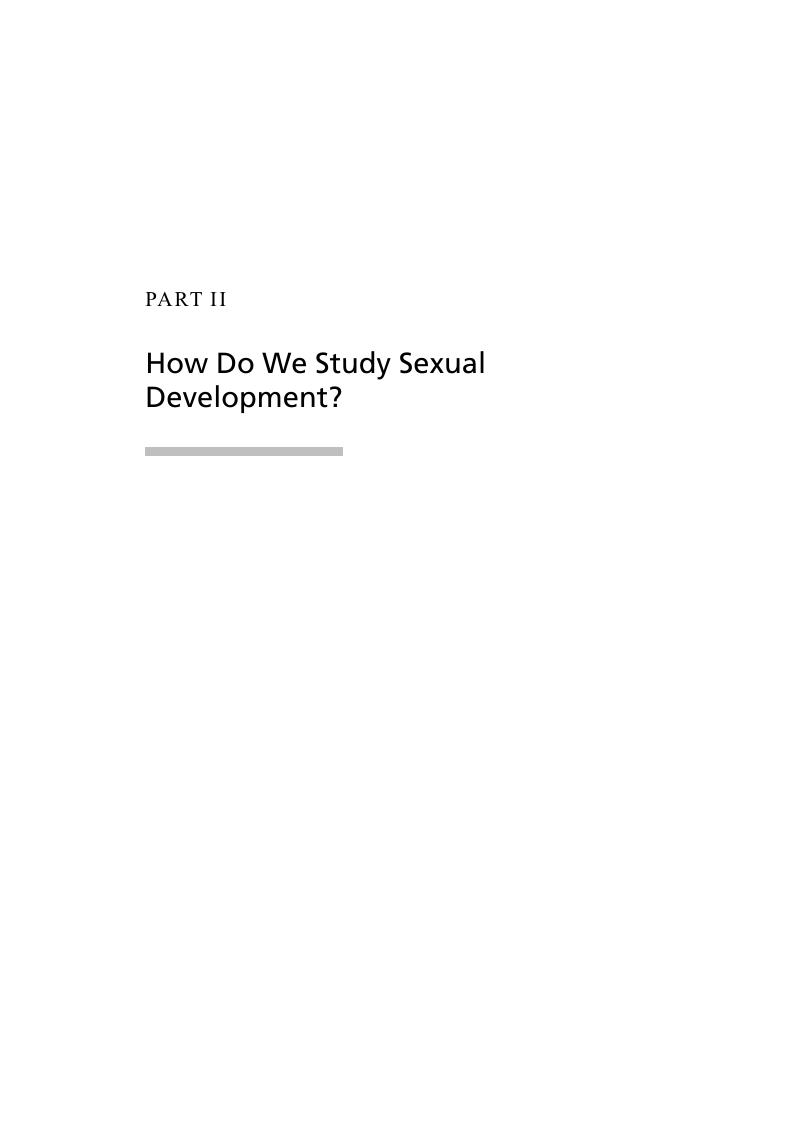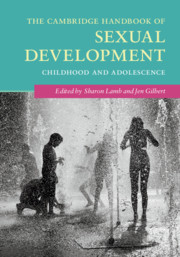Book contents
Part II - How Do We Study Sexual Development?
Published online by Cambridge University Press: 27 December 2018
Summary

- Type
- Chapter
- Information
- The Cambridge Handbook of Sexual DevelopmentChildhood and Adolescence, pp. 279 - 390Publisher: Cambridge University PressPrint publication year: 2018



